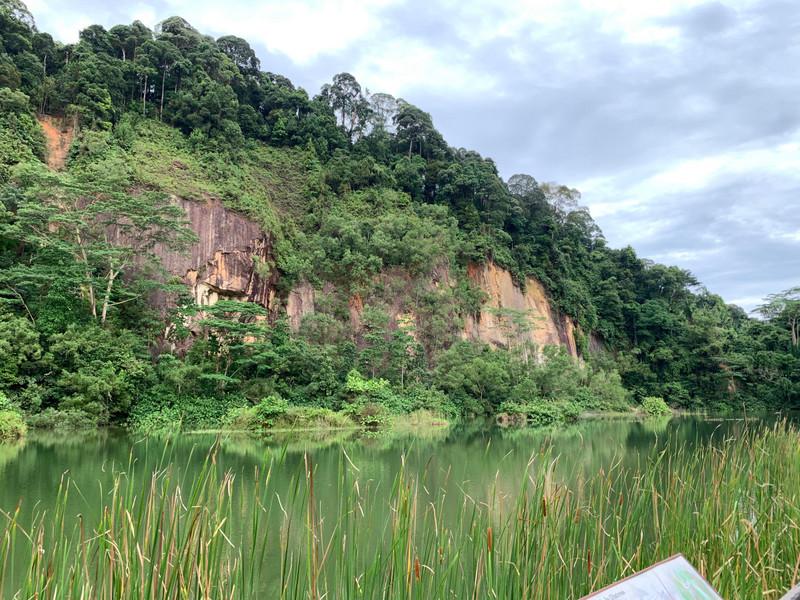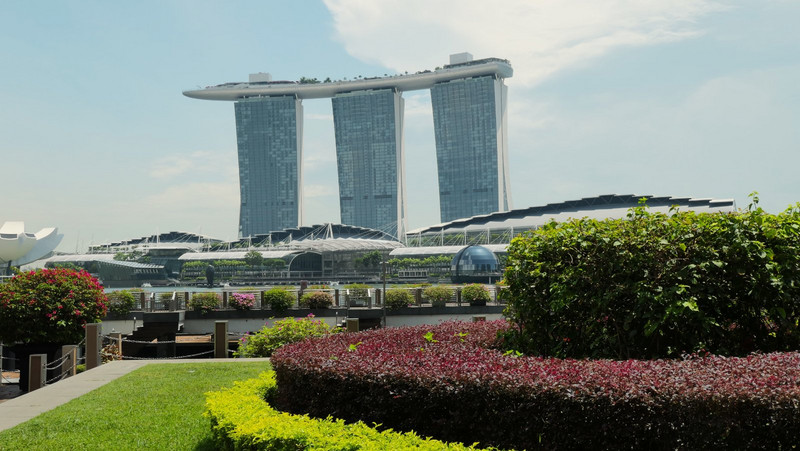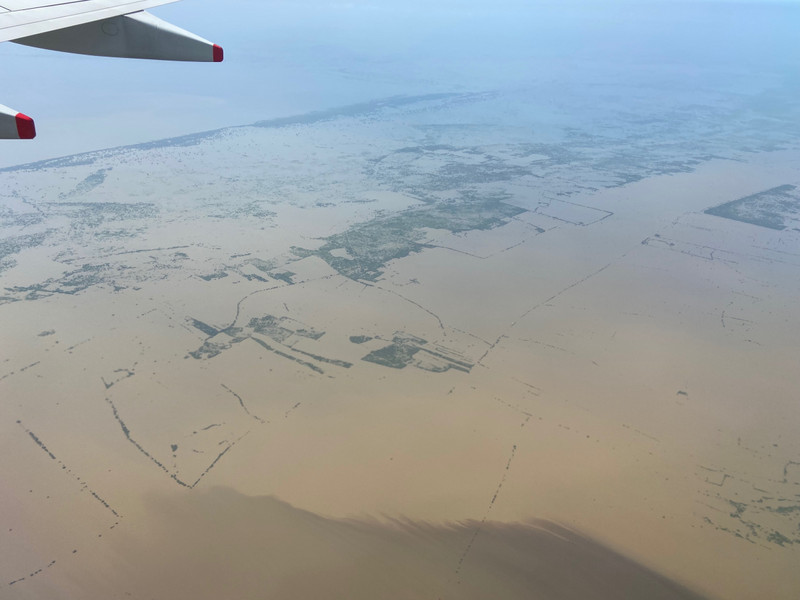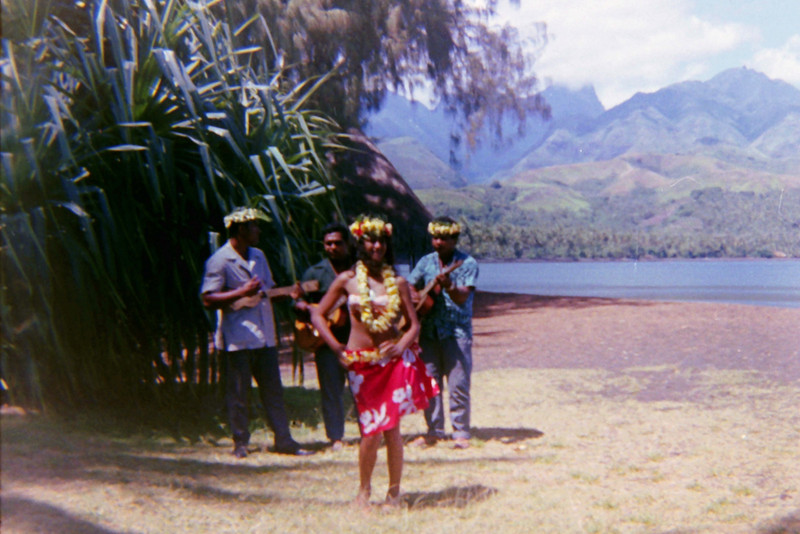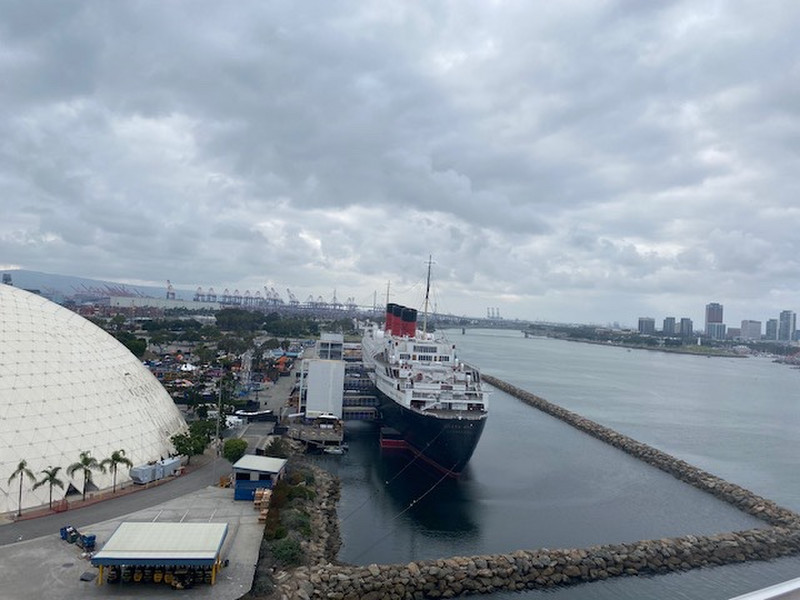In general, I return to Singapore at least once every year. This time round, I scheduled a longer than usual stay anticipating that I may need to take care of certain family logistics, but it turned out we did not need to put these plans in place yet. But, this left me with a fair bit of time on my hands. Even after I cut short my stay by four days to make a trip up to Angkor Wat, I still needed to find ways to occupy myself. Because I grew up in Singapore, there isnt much that I havent already seen and done. So, I assigned myself a small project: I would seek out sites from Atlas Obscura, and blog about them.
Singapore currently has 57 entries in the Atlas Obscura. Because the listings are some of them are actually pretty mainstream (Gardens by the Bay... really?), so they should be treated with a grain of salt. Prior to this trip, I had been to about a dozen of the sites. I resolved to add a couple more during this trip. I also resolved to use public transport as much as I could to visit these sites.
My parents condo is located next to Bukit Timah Nature Reserve. When I visit, I often walk over to conquer Singapores highest summit - all 163 meters of it LOL. The nature reserve itself doesnt have any entries in Atlas Obscura. There are, however, at least five abandoned granite quarries in the vicinity, and one of them - Little Guilin - has an entry. Back in the day (I am guessing 1970s), some earnest but overenthusiastic person thought the abandoned quarry with its lake resembled a miniaturized version of the famous karst landscape of Guilin in China, and so the site was named as such. Of course, somebody should have told this person that granite looks very different from limestone. Nevertheless, the name stuck.
I have visited Little Guilin in the past. This trip, I drove past the site while running an errand for my parents, but I didnt stop there. I did, however, visit a couple of the other old quarries. Rainwater has filled in four of the five quarries, making scenic little lakes that are a haven for birdlife. Some misguided people have released ornamental fish and reptiles into the lakes, so it isnt unusual to see
A sample of the bricks that make up the Prisoner of War Steps within the Singapore Botanic Garden. The arrows the the POWs etched into the steps are clearly visible here.
koi and little terrapins swimming around. I also have a bit of a running gag with Jeff when I visit the quarries - a few years back, there was a bad scifi movie called Snakehead Terror. The snakehead fish are actually from Southeast Asia. I will look out for the fish in the lake, snap a photo of them, and send them to Jeff with silly captions. While on one of my jaunts in the area, I saw evidence of a recent landslide, and I smiled inwardly thinking of my Geomorphology professor who was obsessed with landslides. One can also spot monkeys, monitor lizards, and red jungle fowl. I do enjoy my walks to these little known beauty spots.
One Atlas Obscura site that has intrigued me for some time is the Prisoner of War Steps. Nestled within the Singapore Botanic Gardens, this is a short and slightly uneven flight of steps made of bricks. For decades, people were largely unaware of the historical significance of the bricks until some former Australian prisoners of war visited the gardens and recognized the bricks as ones they made because they etched arrows in them
Once fine afternoon, I made my way to the Botanic Gardens after a heavy downpour. I took the opportunity to enjoy the beautifully curated gardens, and I especially enjoyed the National Orchid Garden. Singapore is a major exporter of orchids, and a lot of research and development is invested into developing new hybrids. One of the more unique pillars of Singaporean diplomacy is to name orchids after visiting dignitaries. I was stoked to find blooms dedicated to the Bidens and the Obamas, but then I found a plant named after the Pences. Ugh. Rather fittingly, it wasnt blooming.
